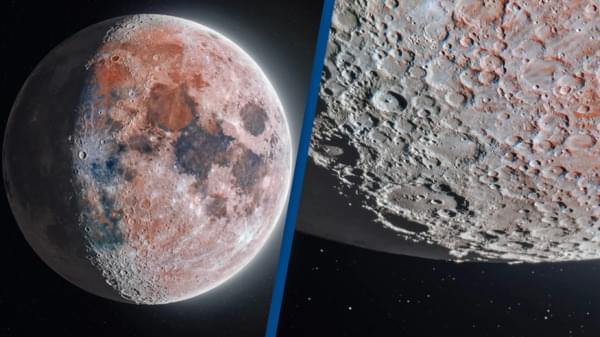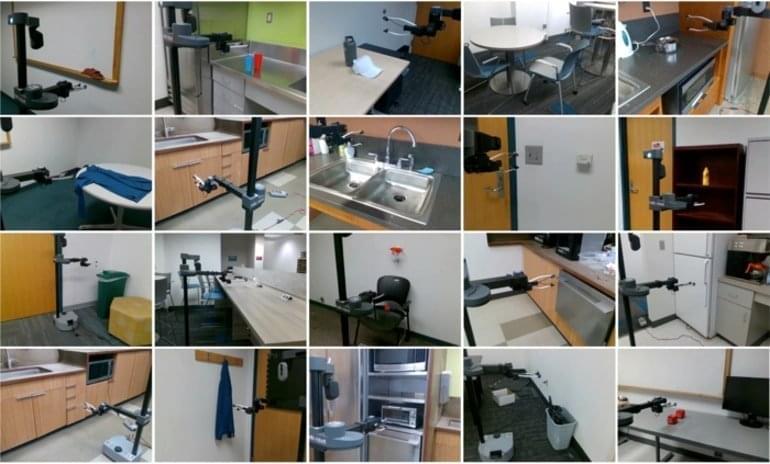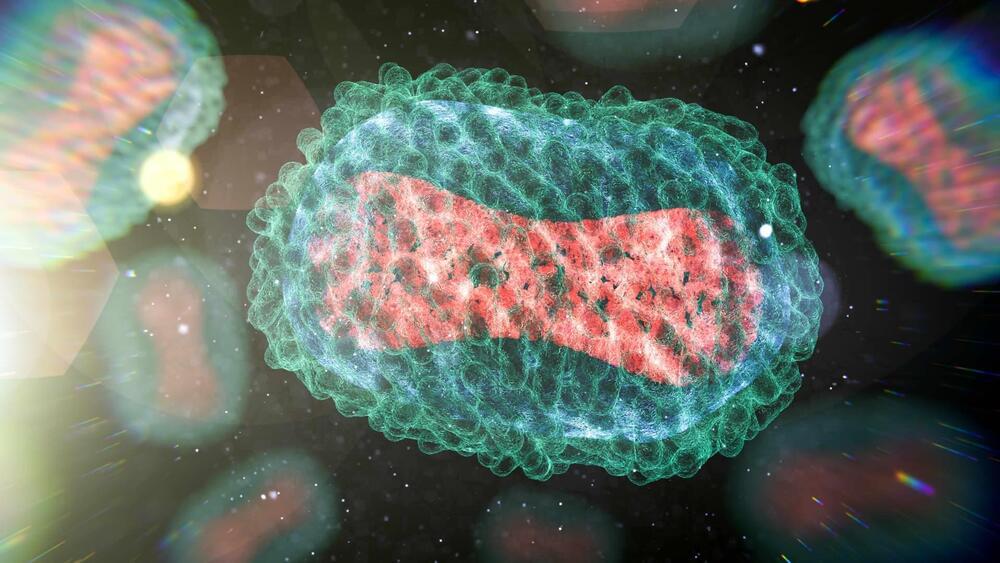New speech representations and self-supervised learning are two of the recent trends that most intrigue him.
Get the latest international news and world events from around the world.

‘The most ridiculously detailed’ photo of the moon has been captured
Unlike the plethora of high-res cosmic photography we’ve been blessed with this year, this breathtaking snap doesn’t come from the James Webb telescope but instead, it comes from two astrophotographers who met each other on Reddit.
Stargazers Andrew McCarthy and Connor Matherne first connected on Reddit and then Instagram several years ago after becoming mutual fans of each other’s work.
McCarthy is renowned in his field for his incredibly detailed photographs, taking tens of thousands of photos and stitching them together in a ‘mosaic’ fashion to create incredibly detailed and precise images of his subjects.

Researchers unfold elegant equations to explain the enigma of expanding origami
Most materials—from rubber bands to steel beams—thin out as they are stretched, but engineers can use origami’s interlocking ridges and precise folds to reverse this tendency and build devices that grow wider as they are pulled apart.
Researchers increasingly use this kind of technique, drawn from the ancient art of origami, to design spacecraft components, medical robots and antenna arrays. However, much of the work has progressed via instinct and trial and error. Now, researchers from Princeton Engineering and Georgia Tech have developed a general formula that analyzes how structures can be configured to thin, remain unaffected, or thicken as they are stretched, pushed or bent.
Kon-Well Wang, a professor of mechanical engineering at the University of Michigan who was not involved in the research, called the work “elegant and extremely intriguing.”



Robots Learn Household Tasks
Summary: A new robotic system can learn directly from human interaction videos and generalize the information at the task being completed. This makes the robot well suited to learn household chores effectively and efficiently.
Source: Carnegie Mellon University.
The robot watched as Shikhar Bahl opened the refrigerator door. It recorded his movements, the swing of the door, the location of the fridge and more, analyzing this data and readying itself to mimic what Bahl had done.

Faster fish tracking through the cloud
The fastest way to track a fish is to use the cloud, figuratively speaking. A new acoustic receiver, developed by researchers at Pacific Northwest National Laboratory (PNNL) and published in the IEEE Internet of Things Journal, sends near-real-time fish tracking data to the digital cloud, providing timely information to dam operators and decision-makers about when, where, and how many fish are expected to pass through dams. Instead of relying on seasonal estimates of fish migration from previous years, these data from tagged fish support more informed decisions about dam operations that affect fish passage.
“This receiver provides up-to-the-hour data to dam operators to assist in making informed day-to-day decisions in support of fish passage, like adjusting water flow when it’s clear that a large group of juvenile fish are approaching the dam,” said Jayson Martinez, a PNNL mechanical engineer who co-developed the receiver.
Hydropower dams are an important source of dependable renewable energy, generating about six percent of total electricity in the United States. Helping fish navigate them safely is a key part of reducing dams’ environmental impact. The new receiver is a critical piece of the puzzle in the ongoing endeavor to improve fish passage.

Your next wooden chair could arrive flat, then dry into a 3D shape
Wooden objects are usually made by sawing, carving, bending or pressing. That’s so old school! Today, scientists will describe how flat wooden shapes extruded by a 3D printer can be programmed to self-morph into complex 3D shapes. In the future, this technique could be used to make furniture or other wooden products that could be shipped flat to a destination and then dried to form the desired final shape.
The researchers will present their results at the fall meeting of the American Chemical Society (ACS).
In nature, plants and some animals can alter their own shapes or textures. Even after a tree is cut down, its wood can change shape as it dries. It shrinks unevenly and warps because of variations in fiber orientation within the wood. “Warping can be an obstacle,” says Doron Kam, a graduate student who is presenting the work at the meeting, “but we thought we could try to understand this phenomenon and harness it into a desirable morphing.”